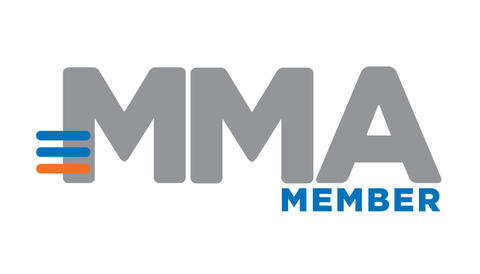April 25, 2008
The Market Just Got Bigger: The Impact Nokia Will Have on the Mobile Advertising Market
By Diana LaGattuta
Head of Marketing, Nokia Interactive
The second half of 2007 saw major online, media and Web giants like Google, Microsoft, and Yahoo! enter into the world of mobile media and advertising – a market that has thus far been owned by mobile advertising start-up and growth-phase companies.
As the former head of marketing of one of these mobile advertising growth-phase companies, Enpocket, industry players globally have been asking me how our acquisition by Nokia in October 2007 will affect the industry and why Nokia, the world’s leading handset manufacturer, would want to acquire a mobile advertising company in the first place.
Let’s start with the obvious. Many of us have seen the analysts’ three-year projections for the mobile advertising market, which range from $11 billion to $20 billion – we’ll chalk up the GSMA’s outrageous $250 billion prediction to too much Rioja in Barcelona. But is there anything behind the hype?
The answer can be found by following the eyeballs. Advertisers are vying for attention time, and traditional forms of advertising are delivering less and less. Audience eyeball time is migrating to interactive screens. Interactive advertising not only provides advertisers with a means to target their message but it is accountable and measurable. Any marketer worth his salt can connect with that proposition.
But what about mobile? I won’t bore you with the same-old song and dance about how mobile is the consumer’s most personal device, that it is always on, easy to target, and still very much uncluttered with advertising, Instead, I’ll share some numbers.
There are 2.5 billion mobile devices in use globally, according to IDC Research, outnumbering TVs, PCs, iPods, and PDAs combined. As mobile Web-ready phones continue to grow in the market, the odds are that more people will be connected via their mobile than their home. For example, the mobile penetration in India is five times that of landline and is also higher than that of the personal computer, raising the expectation that more people in the region will have their first Internet experience on a mobile handset. So it’s no wonder every Web powerhouse has a mobile strategy.
While Nokia is not a Web powerhouse yet, almost a billion consumers are walking around with Nokia devices. Arguably, there is no other company that understands mobile consumers and their behavior better than Nokia. And, there is no company better positioned to create advertising experiences that are tightly integrated and organic to the total mobile user experience.
What does this mean for brand advertisers? In short, it means a simpler way to buy and measure mass reach in one place. But at Enpocket, we learned that advertisers need more than reach and more than simple banner ads. They need to give consumers a good reason to click on the banner. It could be a mobile coupon, a store finder, or an offer that is contextually relevant. After creating mobile experiences for the world’s biggest brand advertisers, we learned what makes consumers click.
Consumers are relying on their mobile phones for more and more reasons: e-mail, photo sharing, watching video, social networking. If advertisers are going to meet their desired audience where they are, they will need to follow. Who better to take them there than the world leader in mobility?

